
PEAK Takes on the NYC Marathon
At PEAK, we don’t just motivate our athletes to take on an experience not felt possible – we challenge ourselves to do the same....
Read moreOne of the primary contributors to upper back pain is poor posture. Slouching or sitting in a hunched position for extended periods can strain the muscles and ligaments in the upper back, leading to discomfort.
Overexertion or improper lifting techniques can result in muscle strain in the upper back. Activities that involve repetitive movements, such as lifting heavy or sitting at a desk for prolonged periods, may contribute to muscle fatigue and pain.
Dysfunction in the joints of the thoracic spine can cause upper back pain. This may be due to conditions like arthritis or herniated discs, which can result in stiffness, inflammation, and discomfort.
Accidents, falls, or other injuries can lead to upper back pain. It's essential to seek medical attention if the pain is a result of trauma, as fractures or other serious injuries may require specific treatment.
Be mindful of your posture, especially when sitting for extended periods. Sit up straight, keeping your shoulders back and aligned with your hips. Consider ergonomic adjustments to your workspace to promote a more neutral spine position.
Incorporate stretching exercises into your routine to relieve tension in the upper back muscles. Simple stretches like shoulder rolls, neck tilts, and chest openers can help improve flexibility and reduce stiffness.
Build strength in the muscles that support the upper back. Incorporate exercises targeting the rhomboids, trapezius, and latissimus dorsi to enhance overall back stability.
Applying heat or cold packs can provide relief for sore muscles. Heat helps relax tight muscles, while cold therapy can reduce inflammation. Use a heating pad or ice pack for 15-20 minutes as needed.
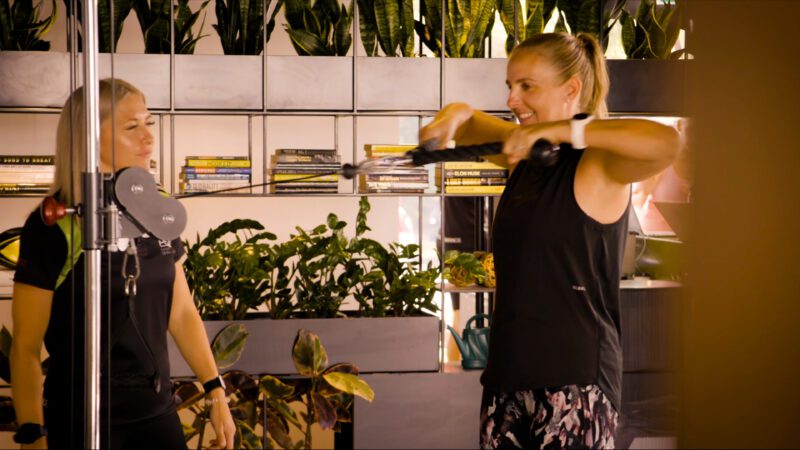
Understanding the causes of upper back pain and incorporating preventive measures into your daily routine can go a long way in managing and alleviating discomfort. By seeing our physiotherapist at PEAK we can help prioritizing pain relief, good posture, incorporating regular stretching and strengthening exercises, and practicing self-care techniques.

At PEAK, we don’t just motivate our athletes to take on an experience not felt possible – we challenge ourselves to do the same....
Read more
As a Titleist Performance Institute (TPI) Certified Physiotherapist, I’ve been fortunate over the years to have behind the scenes access by being a part...
Read more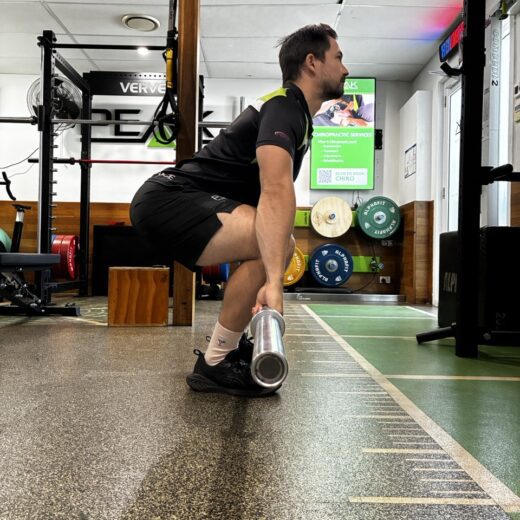
When most people think about Olympic weightlifting, they picture explosive power — the bar flying from the floor to overhead in one smooth, powerful...
Read more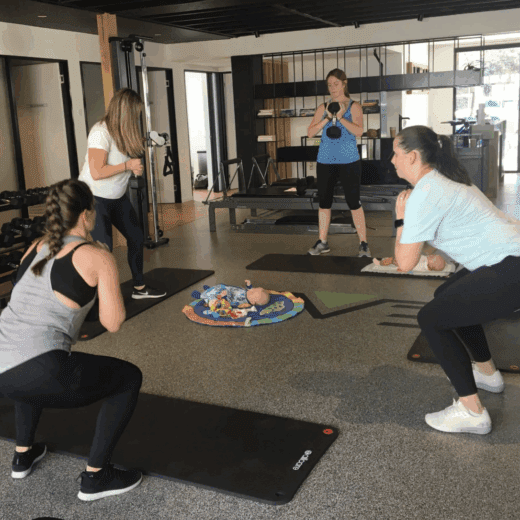
For most people with an uncomplicated pregnancy, physical activity is safe, highly beneficial, and one of the best things you can do for your...
Read more
At PEAK Sports and Spine Centre, we believe in more than just the standard rehabilitation, we believe in unlocking potential, embracing challenges, and achieving...
Read more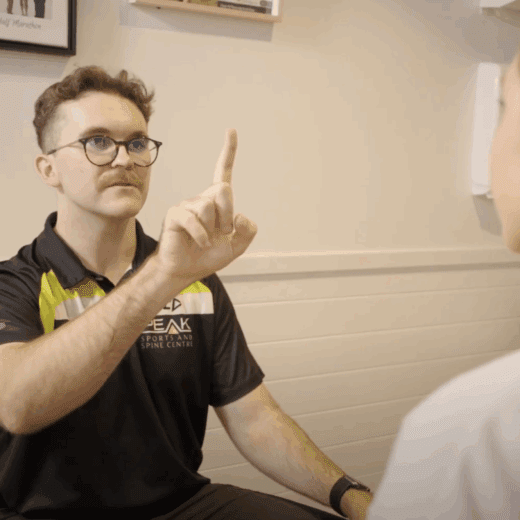
At PEAK, we pride ourselves on being able to get athletes back to the sport as quickly and safely as possible. Concussion is an...
Read more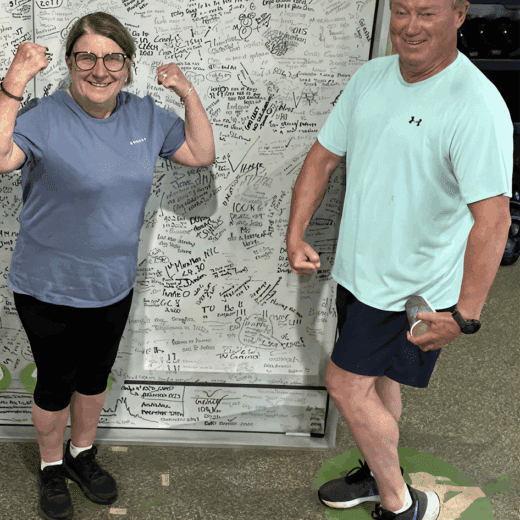
At PEAK Sport and Spine Centre, we see strength in many forms – not just in kilograms lifted or kilometres run, but in resilience,...
Read more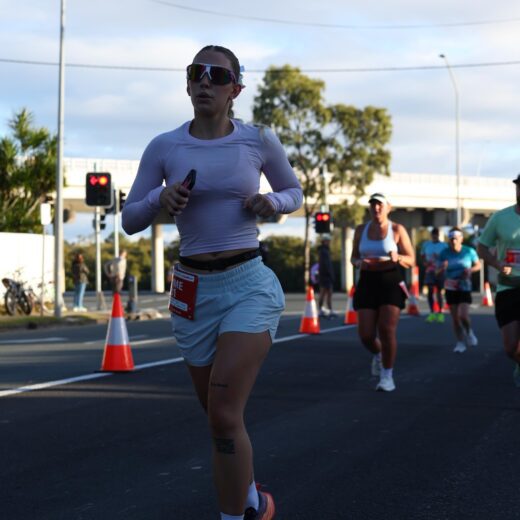
When you have entered either of our arena’s you may have been lucky enough to collide with one of our amazing All Stars, Jaime...
Read more
Running economy refers to how efficiently your body uses energy—specifically, oxygen—while running at a steady speed. Think of it like fuel efficiency in a...
Read more
As autumn’s golden light settles over Bethpage Black, the pro golf world stands electrified. The 2025 Ryder Cup looms ahead, a stage where two...
Read moreNot exactly what you're looking for?
View all articles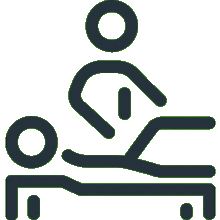
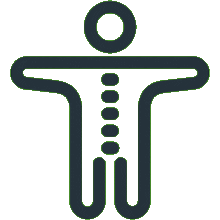
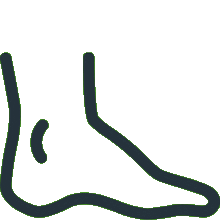
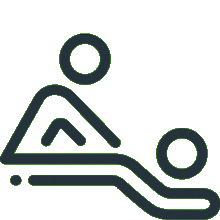
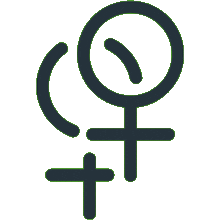

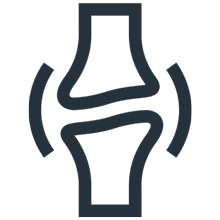
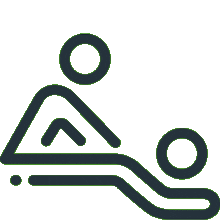
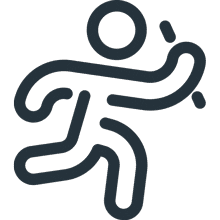
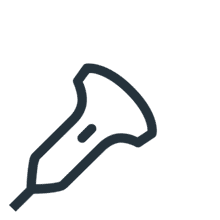
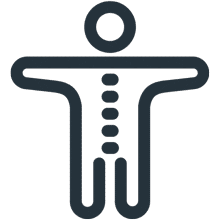
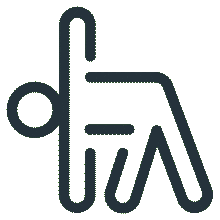

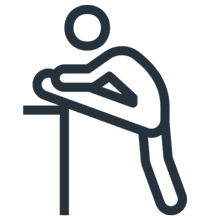




Can't find what you're after?
View all ServicesOr email the PEAK team at info@peakssc.com.au
To make a booking outside of business hours, please use our form by clicking here.
To make a booking outside of business hours, please use our form by clicking here.